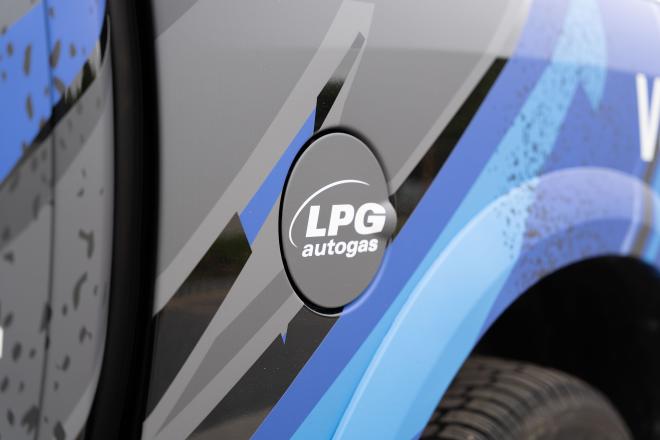What is LPG?
LPG (Liquefied Petroleum Gas), which is sometimes also called autogas in the car industry, comprises hydrocarbon compounds like petrol and diesel. The main components of LPG are propane and butane. Large quantities of petroleum gases are released when extracting oil and natural gas, and refining crude oil. Compressing these petroleum gases convert them to a liquid state, and creates LPG.
LPG is a cleaner fuel compared to petrol and diesel. So using LPG as a vehicle fuel helps to improve the air quality.

Considering an LPG (autogas) conversion for your car?
Running your car on LPG directly contributes to a cleaner living environment, and contributes to your savings by significantly reducing your fuel costs!
Driving on LPG!
More environmentally friendly and cheaper!
One litre of LPG is approximately one euro cheaper than a litre of petrol! It is also a greener fuel; when running on LPG, your car emits up to 21% less CO2 and up to 95% less fine particulate matter compared to petrol. Engines running on LPG also produce much lower NOx emissions compared to engines running on diesel. Bio-LPG, which is an even cleaner variant, will also be available soon.
The advantages of driving on LPG
- Saving on fuel costs
- More environmentally friendly mobility
- Easy tank filling procedure
- No power loss
- Additional driving range
- Ideal for petrol cars that are already on the road!
Installation LPG system in Volkswagen Golf 8, 1.5TSI engine
Greater attention should be given to the role LPG can play in the energy transition.
Different LPG systems
Frequently asked questions about driving on LPG.
We offer a two or three year factory warranty on each Prins LPG system, depending on the type of system and whether it has been installed by an official Prins dealer. Ask your conversion centre for more details.
The average fitting time is 2-3 working days. Please contact the conversion centre for more information.
Some conversion centres offer this service, but not all. Please contact the centre directly.
Today's LPG systems can be supplied with a doughnut tank. This type of tank is placed in the spare wheel well to avoid reducing your boot space. Click here for more details about fitting configurations.
The current Prins LPG-systems are installed in parallel to the normal petrol system. So you can switch back to petrol at any time.
No, there is no loss of power. The car retains its current engine power output.
Due to strict safety standards and the requirement to have the system installed by an LPG fitting centre, LPG cars are just as safe as petrol and diesel cars.
Most of the car association mechanics and support staff are also familiar with our LPG systems and engineering technology. So you can rely on fast professional help when you have a problem.
Yes, in most countries it is allowed. However, this differs per country. Find out more.
Do you have any other questions? Contact us!
